Este post também está disponível em:
Português
English

The northeast region is very rich in rhythms and musical styles.
Because it is a place with very diverse customs among the northeastern states, several rhythms and musical styles have been created and adopted so that no one can stand still!
That the Northeast is a region very rich in culture is not debatable.
What not everyone knows is that it is a true musical granary, a great “stage” that makes room for various rhythms and artists.
The Northeast goes far beyond frevo and forró! It is a colourful, plural and multicultural land that brings together engaging and very characteristic sounds.
Check out how many Northeastern rhythms and musical styles are successful in Brazil and help take the culture of this region to the world.
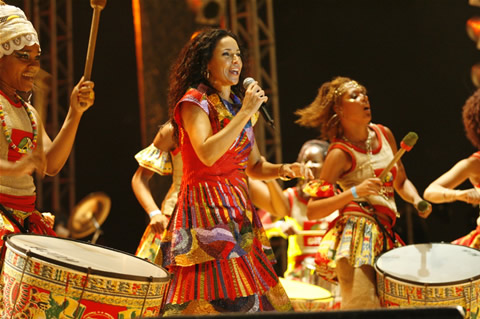

História do Axé Music10:10

História do Baião03:56

História do Forro Dança e Ritmo05:10
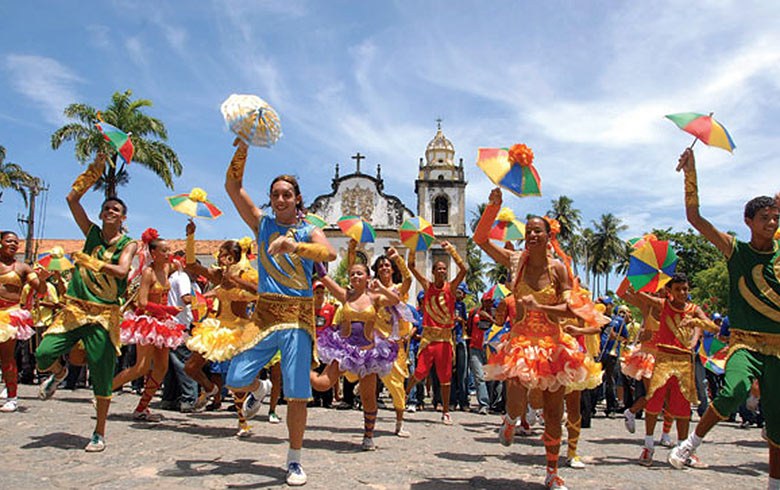
História do Frevo02:16
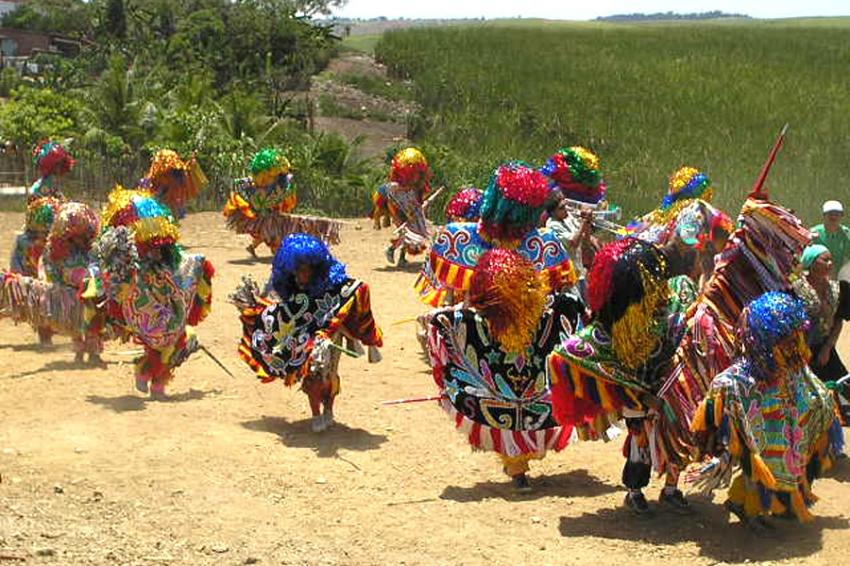
Maracatu Nação Pernambuco02:39
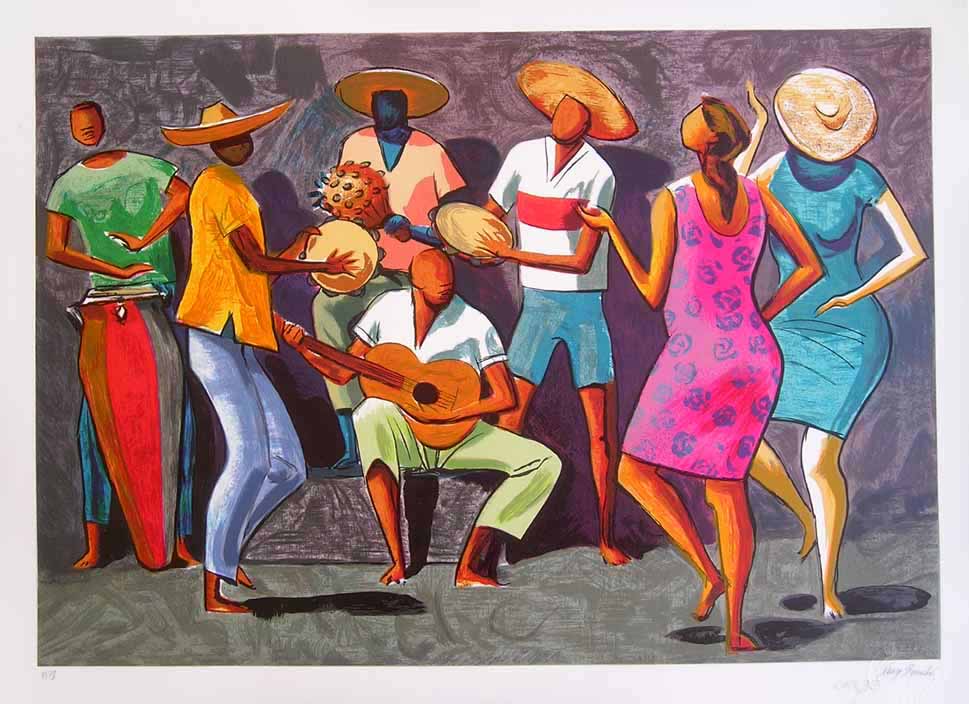
Estilo e História do Samba de Roda 06:07
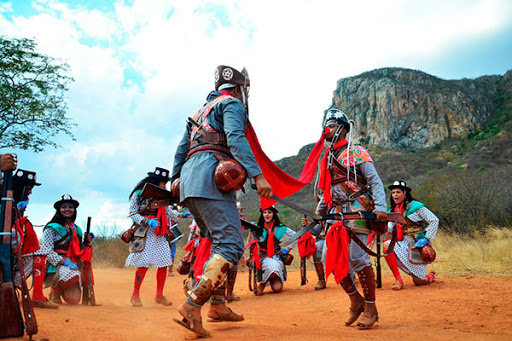
História do Xaxado05:39
7 rhythms and musical styles of the northeast
1. Axé
Axé is a relatively new musical genre compared to other northeastern rhythms.
It was born in Bahia in the 1980s, during popular demonstrations at the Soteropolitan carnival.
Its name – in the Yoruba language – means energy, power or force present in every thing or being. In short, in popular culture, the term axé is a greeting that transmits positive energy and good vibes.
This contagious rhythm mixes references from reggae, forró, merengue, maracatu, frevo and African rhythms.
In addition, percussion is a striking presence in axé and positivity, as its name suggests, is one of the main features of this rhythm so famous throughout the country.
2. Baião
Baião gained its popularity mainly through the hands of Luiz Gonzaga, who is still recognised as the king of this rhythm.
The instruments most used in this arrangement are the viola caipira, the sanfona, the triangle, the flute, the accordion and the rabeca, a precursor instrument of the violin and characteristic of this musical style.
The theme of the songs is the northeastern hinterland and the suffering life of its residents. One of the most famous is Asa Branca, which tells of a difficult life due to periods of severe drought in the region.
The 1970s saw the advent of “tropicália”, which gave the rhythm a new characterisation and increased its popularity. Tropicalists, such as Geraldo Vandré and the group Baianos Tropicalistas, re-recorded great hits of this musical style.
3. Forró
The Forró is an infectious rhythm and is synonymous with northeastern tradition.
The Forró encompasses the quadrilha, the xote, the baião, among other variants, and can be danced more glued or separated from the pair.
Although it has greater reach during the period of festa junina, forró is played all year round in every part of the Northeast region.
In presentations, the rhythm is played in bands with three members, being an accordion player, a zabumbeiro and a triangle player.
The arrangement has some variations: the most popular is the forró pé-de-serra, also known as traditional forró.
There is also electronic forró, in which electronic elements such as keyboard, drums or electric guitar are used in the songs.
Another aspect of this rhythm is the university forró, which emerged in the capital of São Paulo, adding only the double bass and the guitar to the original instruments. Its main characteristic is the three basic dance steps, one of them being the “two for there and two for here”.
Although it is known throughout the country, forró is most popular in the cities of Aracaju, Fortaleza, Caruaru, Mossoró, Campina Grande, Juazeiro do Norte, Natal, João Pessoa, Teresina, Maceió, Recife, Salvador, Amargosa, Senhor do Bonfim, Cruz das Almas, Jequié, Irecê, Santo Antônio de Jesus and Ibicuí.
My people, the accordion and the triangle sound louder in the Northeast. But don’t be alarmed! If you want to dance a good forró – even if you don’t live in these cities – just turn the living room of your house into a salon and drag your feet until dawn.
4. Frevo
Frevo is a typical rhythm of Pernambuco and its popularity in the country is due to the fact that it is danced in the Carnival of Recife, thus enchanting natives and tourists from all over the world.
Following the rhythm typically famous in the streets and halls of Pernambuco, the choreographies of the dances are improvised, referring to acrobatics, but can be done by people of any age.
This musical style emerged from the fusion of other musical styles, such as quadrilha, maxixe and galope.
As music, frevo is characterised as a type of faster marchinha, being played by a band or orchestra called a fanfarra, which accompanies the block of dancers or visitors.
There are different types of frevo (street frevo, frevo-canção and frevo de bloco), the most common being entirely instrumental, with wind and percussion instruments such as trombone, tuba, trumpet and saxophone.
Frevo is a fusion of the march, the maxixe and elements of the capoeira, and what is most impressive is the agility in the dance steps, following the tempo of the music. It is worth noting that this fast-paced rhythm emerged in the 19th century and is still vigorous today.
5. Maracatu
Maracatu originated in an African religious ritual in honour of Our Lady of the Rosary, which took place during the coronation of the Kings of the Congo.
The rhythm was inserted into Brazilian culture by slaves who came from Angola and Congo, who even in an unfavourable situation, made a point of maintaining their traditions and rituals.
As it became a traditional rhythm, it lost its religious content and became a typical carnival dance, but without losing its traditional characteristics.
The maracatu is still alive and maintains its traditions in the carnival of Pernambuco, becoming a symbol of black resistance in Brazil. To the sound of the drums, with the rhythm of the batuque turned, the coronation ritual is staged with the dancers representing king and queen, who go ahead, followed by the subjects in a parade of colours and contagious sounds.
6. Samba de Roda
The samba de roda was born in the Bahian recôncavo and is the result of the mixture between different African rhythms.
It mixes celebration, poetry, dance, music, playfulness and religiosity, which makes this rhythm very special.
Today samba de roda is one of our greatest cultural heritage and it is no wonder that it has become an unmistakable symbol of Brazilianness.
Few people know, but samba, one of the main cultural symbols of Brazil, had its origins in the Northeast, with the Samba de Roda, and not in Rio de Janeiro, which is the cradle of urban samba.
The rhythm was born in the recôncavo of Bahia and is formed by a cultural mixture of different African rhythms, mixed with Portuguese cultural aspects, such as poetry, dance and playfulness.
A beautiful cultural mix that represents Brazil well.
7. Xaxado
This rhythm has its origins in the northeastern hinterland and dates back to the remarkable era of the cangaço.
Xaxado is synonymous with joy, but also with war, as it was danced whenever the cangaceiros won a victory. The suggestive name comes from the noise that the sandals made when they touched the backcountry floor.
Xaxado is a northeastern music rhythm originating in the sertão and, curiously, it got its name because of the noise that the dancers’ sandals made during the dance.
The history of xaxado is directly linked to the height of the cangaço, the rhythm marked the moments of glory of Lampião and his troupe. Whenever the cangaceiros achieved some victory, they celebrated in dancing performances on the dirt floor of the sertão.
One of the biggest curiosities about xaxado is that it was only practised by men in its heyday. The dragging of sandals was accompanied by songs with satirical lyrics and the beating of rifles on the ground.
You may be asking yourself: how did xaxado get out of the sertão and become one of the best known rhythms of northeastern music in Brazil?
The answer is simple! One of the greatest symbols of Northeastern music, Luiz Gonzaga, the king of baião, was responsible for popularising xaxado in the four corners of the country.
With him, the rhythm won the radios, televisions and stages throughout Brazil.
Related Articles
7 rhythms and musical styles from the northeast that are successful in Brazil



















